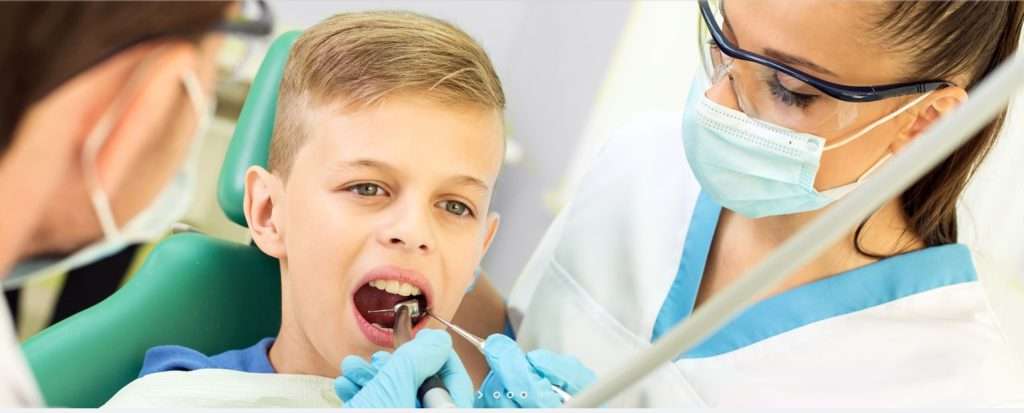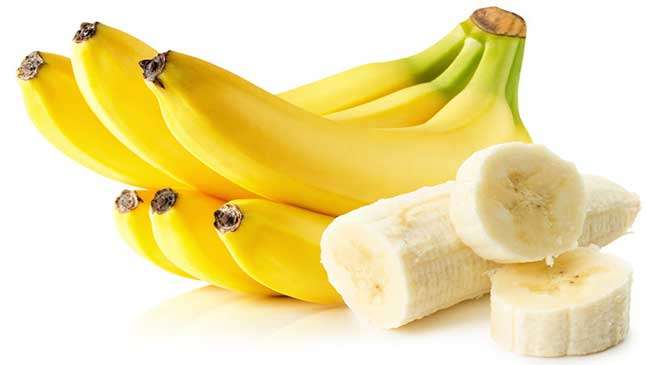According to research, as many as 8 million women in the US are estimated to have osteoporosis. This can lead to high fracture rates at a woman’s post-menopausal age and is more common for women over 50. Research from the Arthritis Foundation suggests that women lose about half their spongy bone tissue during their lifetime. The majority of this loss takes place in the first decade after menopause.
With just a few simple adjustments to your diet and exercise habits, you can be building stronger bones and avoiding falls or bone breaks. If you’re already doing that, then keep up the good work!
Getting enough calcium in your diet helps build strong bones, but you also need vitamin D to help you absorb the calcium. Add weight-bearing and strengthening exercises to the mix and you’ve got the perfect recipe for improved bone health for women of all ages!
Make the change earlier than you would have otherwise, by understanding the foods and exercises that will be beneficial for your body. Letting your doctor know about this is important so that s/he can share insight and recommend resources. Exercise and diet are important factors in preventing and treating osteoporosis.
Before we get into the specifics, let’s make sure we understand what osteoporosis is. Osteoporosis is a disease that causes bones to lose density and strength, which makes them fragile and more likely to break. Bone fractures from osteoporosis can lead to debilitating consequences like chronic pain and disability.
In addition to exercise, there are two well-known ways that women over 50 with osteoporosis can treat their condition or prevent it from worsening: Diet and Medication. There are medical treatments for the disease, such as bisphosphonates or drugs like Fosamax which help rebuild bone tissue by activating cells called osteoblasts in your body. But these treatments have side effects, so it’s best to start with something more natural before you take medication. A good place to start is by increasing calcium intake in your diet through dairy products
Exercises for Osteoporosis
Older women who suffer from osteoporosis should focus on exercises that strengthen their muscles and bones while improving their posture and balance. This will not just help avoid falls but can also prevent bone breaks. A good idea would be to intentionally target all of your major muscles groups during your workouts.
If you want to stay fit and avoid strains, try to find exercises that target your wrists, spine, ribs and hips – all areas that are most likely to cause fractures.
Osteoporosis is a condition affecting your skeleton. Although there isn’t one program that works for everyone, it’s best to choose activities you enjoy and can stick with over time. You should also mix up what you do, so that all of your muscles stay engaged and challenged.
Set a goal of getting 30 minutes of exercise in for 5 days a week. This could be done with low-impact exercises that don’t force the spine to twist too much.
If you have osteoporosis, experts recommend that you follow a daily exercise regimen such as walking or jogging, stair climbing or elliptical training, low-impact aerobics, Pilates, yoga, tai chi and stretching. Weight lifting and body sculpting are also highly recommended as are dancing.
Osteoporosis Diet
A healthy diet can help athletes to fuel their fitness and strengtens their bone mass. It is recommended that over 50s women should take in 1,200mg of calcium and 800-1000 mg of vitamin D per day.
Foods like low-fat milk, sardines & salmon provide calcium. Beef liver, eggs and cereal are other options for your vitamin D intake.
Cutting back on caffeine, salt and alcohol can be a useful step towards maintaining healthy bones. Caffeine, salt and alcohol interfere with the body’s ability to absorb calcium and this can lead to a depletion in calcium levels.
A few foods that are both healthy and safe for people with osteoporosis:
- American cheese: 175 mg
- Bok choy: 75 mg
- Broccoli: 60 mg
- Cereal: 100-1000 mg
- Cheddar cheese: 200 mg
- Cottage cheese: 70 mg
- Ice cream: 140-210 mg
- Kale: 95 mg
- Milk: 300 mg
- Orange: 50 mg
- Salmon: 180 mg
- Sardines: 325 mg
- Shrimp: 125 mg
- Yogurt: 300 mg
The foundation you need just got nearer. Your new workout or grocery list is ready to be created – because of the information you have learned today. Remember to ask your doctor for any additional advice about diet and exercise, for osteoporosis as well.
Also Read:
Ketogenic Diet for Weight Lose : This is the Ketogenic diet dinner plan for 7 days
What is cardio exercise and 10 benefits of a cardio exercise


